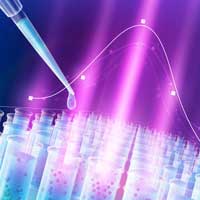 Researchers have developed a method that allows for easy determination of the surface free energy of particles as a quantitative measure of particle hydrophobicity.
Researchers have developed a method that allows for easy determination of the surface free energy of particles as a quantitative measure of particle hydrophobicity.
Thursday, October 17, 2019
Researcher invents an easy-to-use technique to measure the hydrophobicity of micro- and nanoparticle
 Researchers have developed a method that allows for easy determination of the surface free energy of particles as a quantitative measure of particle hydrophobicity.
Researchers have developed a method that allows for easy determination of the surface free energy of particles as a quantitative measure of particle hydrophobicity.
Double layer of graphene helps to control spin currents
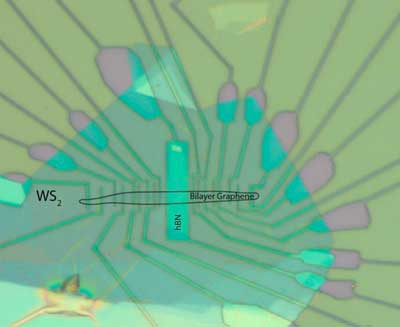 In order to make transistors that operate using the spin of electrons, rather than their charge, it is necessary to find a way of switching spin currents on and off. Furthermore, the lifetime of the spins should at least be equal to the time taken for these electrons to travel through a circuit. Scientists have now taken an important step forward by creating a device that meets both of these requirements.
In order to make transistors that operate using the spin of electrons, rather than their charge, it is necessary to find a way of switching spin currents on and off. Furthermore, the lifetime of the spins should at least be equal to the time taken for these electrons to travel through a circuit. Scientists have now taken an important step forward by creating a device that meets both of these requirements.
Graphene nanobolometer - Physicists develop fast and sensitive mechanical tool to measure light
The graphene nanomechanical bolometer is the fastest and most sensitive in its class; It is poised to detect nearly every color of light at high speeds and obtain measurements at and far above room-temperature.
New testing finds synergistic combination leads to toxicity in nanomaterials
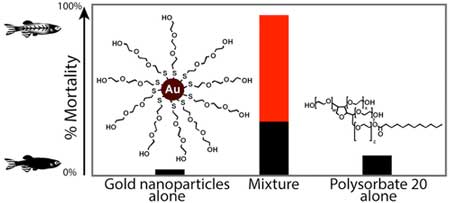 A new study finds reason for caution - a clear emergence of toxicity - in nanomaterial product formulations, but it also provides an early testing technique that could help the industry continue to move forward.
A new study finds reason for caution - a clear emergence of toxicity - in nanomaterial product formulations, but it also provides an early testing technique that could help the industry continue to move forward.
A nanocapsule approach for tackling superbugs
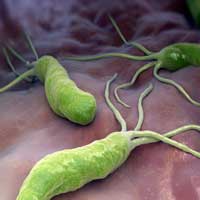 Researchers have uncovered a novel antibiotic-free approach that could help prevent and treat one of the most widespread bacterial pathogens, using nanocapsules made of natural ingredients.
Researchers have uncovered a novel antibiotic-free approach that could help prevent and treat one of the most widespread bacterial pathogens, using nanocapsules made of natural ingredients.
Bio-circuitry mimics synapses and neurons in a step toward sensory computing
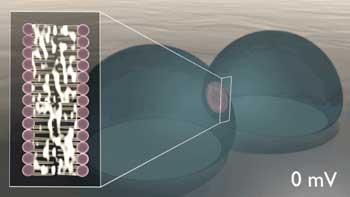 Scientists have demonstrated bio-inspired devices that accelerate routes to neuromorphic, or brain-like, computing.
Scientists have demonstrated bio-inspired devices that accelerate routes to neuromorphic, or brain-like, computing.
Subscribe to:
Comments (Atom)
